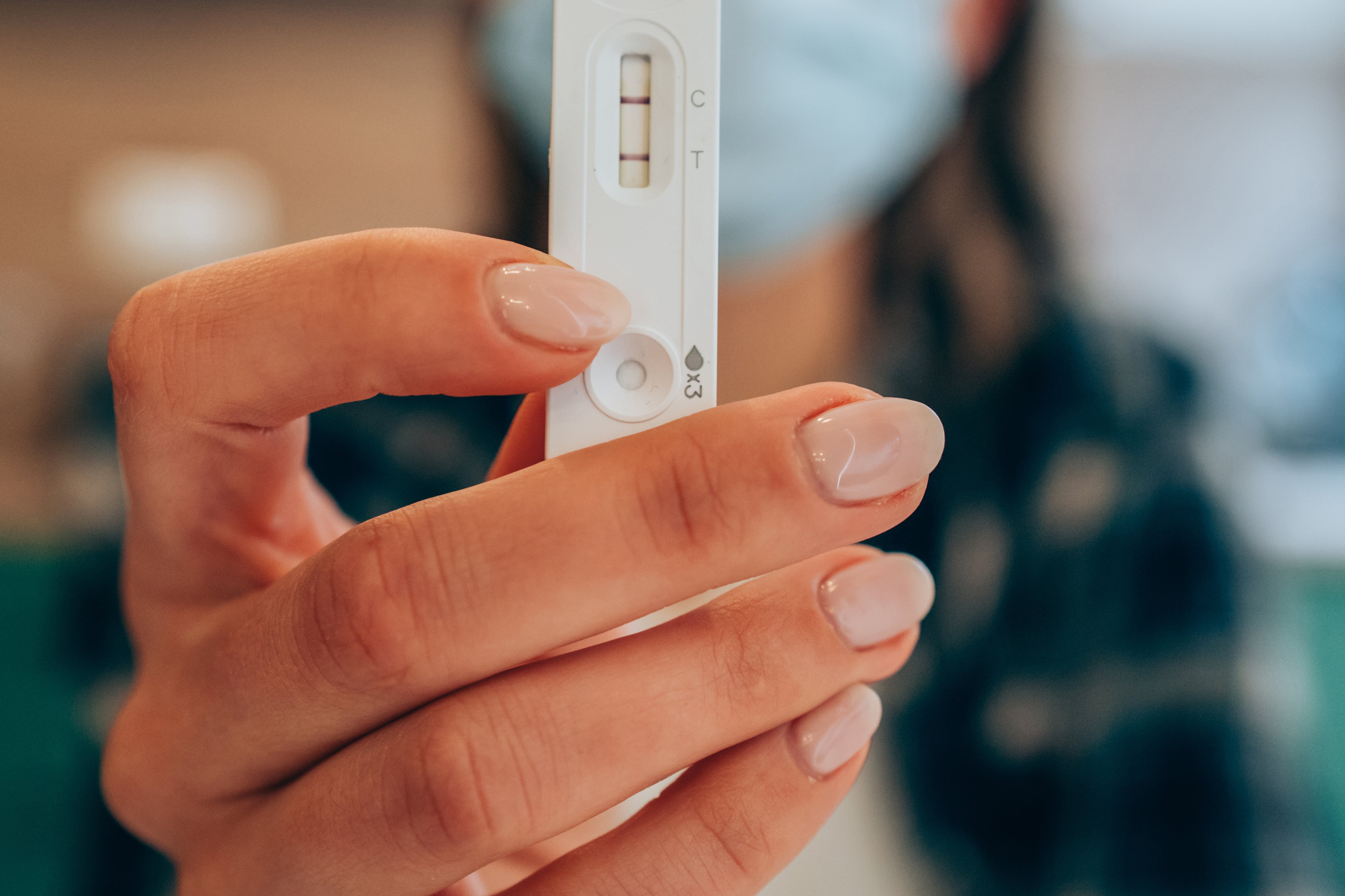
My two-year-old tested positive for COVID last month. My mind-numbing and costly project to keep him uninfected prior to his vaccinations had proven an abject failure. I was angry—and surprised. During the time he was likely infected, he had only been around vaccinated people when indoors.
Although we know the absolute risk of serious illness in young children is low, there are many other causes for concern as a result of unvaccinated infection: multisystem inflammatory syndrome (MIS-C, long COVID, silent organ or brain damage, psychiatric or chronic disease later in life, and damage to smell. While I’ll never know exactly who infected my son, his infection drove me to discover something that only came into focus in late October: the risk of vaccinated transmission is not low.
Once infected, vaccinated people seem to transmit COVID similarly to unvaccinated people; there’s no reason to suspect the same isn’t true for children, the youngest of whom are still not eligible for COVID shots. And yet many vaccinated people are walking around this holiday season thinking their immunizations are force fields that not only protect them, but also shield vulnerable loved ones. They are not.
It is vital that people responsible for the health of unvaccinated children, as well as people at high risk of infection, understand this: COVID vaccines make it less likely you’ll get sick and especially unlikely you’ll get very sick. But vaccinated people—whether they have symptoms or not—are contracting and spreading the virus in nontrivial numbers.
If I could do things over again, I would not have allowed my son to be around even vaccinated people indoors without masks.
In a November press conference, Tedros Ghebreyesus, the director-general of the WHO, said that the vaccines were 60 percent protective against spreading the virus prior to the arrival of the delta variant. That number has dropped to 40 percent post-Delta. Omicron may worsen the problem, if, as suspected, it is more transmissible and leads to many more breakthrough infections.
I am a science journalist and I have followed COVID news closely to protect my family. Based on extensive reading of trusted sources, I judged the risk of COVID transmission from a vaccinated person to be “very limited,” or “rare.” I allowed my son to be around my vaccinated, unmasked friends indoors.
I was particularly interested in whether asymptomatic vaccinated people could spread the virus, since media coverage last summer suggested that at the time there were no known cases. If this held true, we could continue socializing with vaccinated friends. All fall, I could not find a single news story showing that asymptomatic vaccinated people transmitted the virus.
And then, on November 15, my son tested positive. In my shock and grief, rather than relying only on news reports, I dug into the science myself.
I must emphasize that vaccinated people are several times less likely to be infected by Delta than unvaccinated people. As a result, they must still be less likely to transmit COVID than an unvaccinated person. Once infected, however, it appears to be a different story.
A peer-reviewed study of 162 Delta-infected index cases and their 231 household contacts—who were tracked and tested every day for up to 20 days, regardless of symptoms—found that once infected, the vaccinated were just as likely to transmit COVID to people in their own households as the unvaccinated: about a quarter of both did so. They also found that the asymptomatic infection rate among vaccinated and unvaccinated participants was similar: around 30 percent. This was published in Lancet Infectious Disease.
A commentary accompanying the article grimly concluded, “[T]his study unfortunately also highlights that the vaccine effect on reducing transmission is minimal in the context of [Delta] variant circulation.”
A much larger study of 146,243 adult contacts—about two thirds within households—of 108,498 adult index cases in the U.K. was posted as a preprint. Those newly vaccinated by Pfizer or AstraZeneca started out half and three-quarters as likely as unvaccinated index cases to transmit COVID, respectively.
That sounds reassuring until you consider that the transmission rate of an unvaccinated person in this study was 46 percent: a coin flip. The transmission rate to contacts of freshly vaccinated people was about one in four, the same rate found by the authors of the Lancet study. Yet by three and a half months post infection, recipients of the Astra Zeneca vaccine were already as likely to transmit Delta to a contact as an unvaccinated person and a recipient of the Pfizer vaccine was about 80 percent as likely, and moving in the direction of becoming as likely with more time.
And that infection rate is a big problem, because there could be a lot more infected vaccinated people out there than we think. The official estimates at the beginning of October were that the unvaccinated were five times likelier to get infected than the vaccinated. But we don’t have a great handle on the real number, because the CDC stopped tracking even most symptomatic breakthroughs in May. Vaccinated transmission may be helping drive surprising surges in the virus in communities with high vaccination rates like New England, the Navajo Nation, and Portugal, France, Ireland and other parts of Europe.
I don’t want anyone to read this evidence on vaccinated transmission as an indictment of the vaccines. They are miracles of science that seriously slash your risk of COVID nastiness with virtually no serious risks. “No-brainer” is the term that comes to mind.
In fact, all of this argues for the boosters, which were recently approved for all adults in the United States. Boosting should restore—or even improve on—the ability of vaccinated people to prevent transmission. But how long will the effect last? And how much will Omicron blunt it?
My son thankfully has recovered (although, as mentioned, we now have many other worries). But had I known then what I know now, I would not have let my guard down around vaccinated people. Parents of unvaccinated children and those who live with others vulnerable to COVID should consider doing the same.


